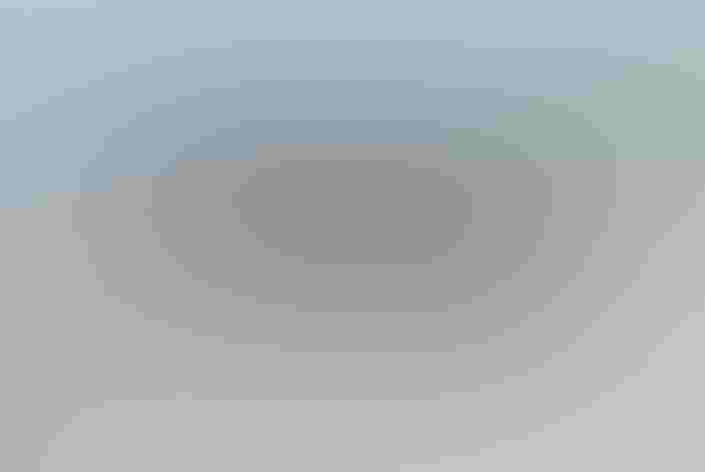Willet
At a Glance
A Willet standing on the beach is simply a large plain shorebird; but its identity is obvious as soon as it spreads its wings, and it even calls its name in flight. Two distinct populations inhabit North America, one nesting in prairie marshes, the other in salt marshes along the Atlantic and Gulf Coasts. In favorable areas in the middle Atlantic states, Willets are abundant, nesting in colonies, their ringing calls echoing across the tidelands on spring mornings.
All bird guide text and rangemaps adapted from by Kenn Kaufman© 1996, used by permission of Houghton Mifflin Harcourt Publishing Company. All rights reserved.
Category
Sandpiper-like Birds, Sandpipers
IUCN Status
Least Concern
Habitat
Coasts and Shorelines, Fields, Meadows, and Grasslands, Freshwater Wetlands, Lakes, Ponds, and Rivers, Saltwater Wetlands
Region
California, Eastern Canada, Florida, Great Lakes, Mid Atlantic, New England, Northwest, Plains, Rocky Mountains, Southeast, Southwest, Texas, Western Canada
Behavior
Rapid Wingbeats, Running
Population
250.000
Range & Identification
Migration & Range Maps
Willets breeding on the northern Great Plains and the interior of the northwest migrate to coastal regions for the winter. Some of these western birds migrate far to the east, occurring all along the Atlantic Coast in fall and winter.
Description
15" (38 cm). When standing, known by bulky body; long, straight, heavy bill; thick gray legs. Mottled and barred in breeding plumage, plain grayish in winter plumage. Western birds are slightly larger and paler. In flight, wing pattern diagnostic.
Size
About the size of a Crow
Color
Black, Gray, White
Wing Shape
Broad, Rounded
Tail Shape
Rounded, Short, Square-tipped, Wedge-shaped
Songs and Calls
A loud ringing pill-will-willet and a quieter kuk-kuk-kuk-kuk-kuk.
Call Pattern
Flat, Undulating
Call Type
Chirp/Chip, Raucous, Whistle
Habitat
Marshes, wet meadows, mudflats, beaches. Eastern race nests in areas of extensive salt marsh along coast; western race nests inland, around fresh marshes in open country, especially native grassland. In migration and winter, both forms occur on mudflats, tidal estuaries, sandy beaches.
Sign up for Ě˝»¨ľ«Ńˇ's newsletter to learn more about birds like the Willet
Behavior
Eggs
4, rarely 5. Grayish to olive-buff, blotched with brown. Incubation is by both parents, with male incubating at night and sometimes during mid-day, female at other times. Incubation period 22-29 days.
Young
Downy young leave nest within a day after hatching, are led by parents to marshy pond areas. Young find all their own food. Female parent departs after 2-3 weeks, leaving male to care for young. Age of young at first flight not well known, probably about 4 weeks.
Feeding Behavior
Forages by walking on shore, in marsh, or in shallow water, probing with its bill in mud or water, or picking items from the surface.
Diet
Includes insects, crustaceans, marine worms. Diet varies with location. On inland waters, may feed largely on aquatic insects. On coast, eats many crabs, including fiddler crabs. Also feeds on other crustaceans, small mollusks, sometimes small fish; eats some plant material, including grass, fresh shoots, and seeds.
Nesting
Often nests in colonies, especially along Atlantic Coast. In breeding season, unpaired males perform flight displays, flying over nesting area with wings fluttering through shallow arc, while giving pill-will-willet calls. Nest site is on ground, usually among dense short grass, sometimes on open ground. Usually well hidden, sometimes conspicuous. Nest is shallow depression with grass bent down to form foundation, lined with finer grasses.
Conservation
Conservation Status
Eastern population was much reduced by hunting in late 19th century, has made good recovery. Loss of habitat has reduced numbers in some areas, but birds tolerate some disturbance of habitat.
Climate Threats Facing the Willet
Choose a temperature scenario below to see which threats will affect this species as warming increases. The same climate change-driven threats that put birds at risk will affect other wildlife and people, too.











